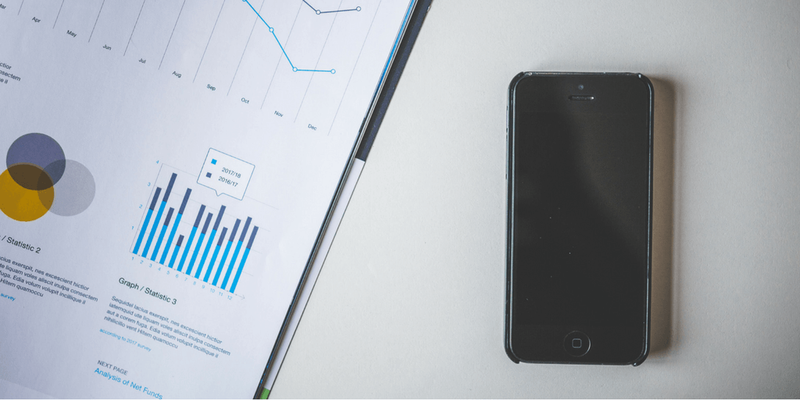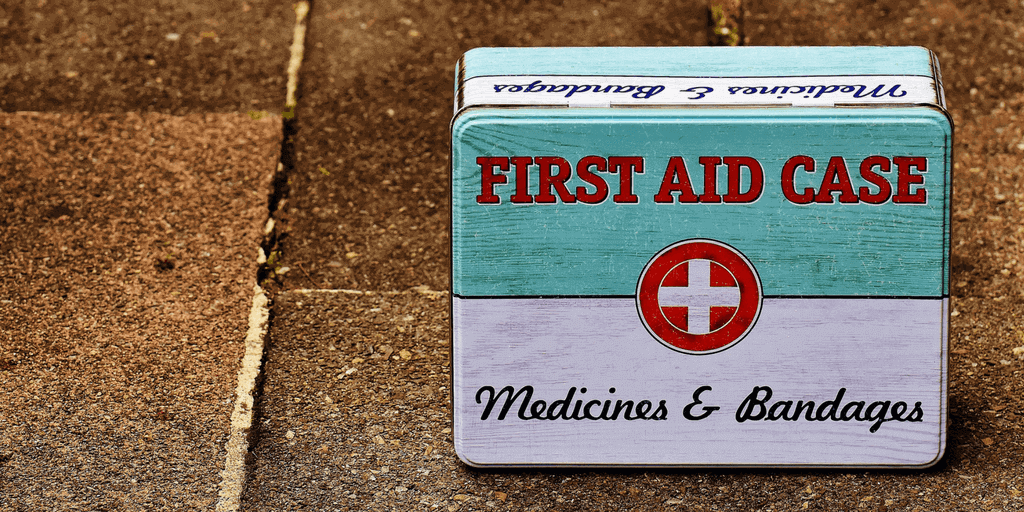For something as technology-driven as the healthcare industry, hospitals can be very slow with adopting new technologies.
Picture yourself walking into a hospital. In 9 out of 10 times, what’s the first thing you’re going to see?
That's right, a paper sign-in sheet.
A sign-in sheet is a form that you need to fill out to provide hospital with basic details about your visit. A sign-in sheet is the first step in joining the queue.
Now, there’s nothing wrong with improving accountability. If anything, hospitals only stand to benefit from it.
The problem is, sign-in sheet’s best days are behind it. It has been a reasonable hospital queue system, but the development of accessible technologies made it a relic of the past.
Let's look over the biggest issues with sign-in sheets.
Sign-In Sheets Require Human Handling
The main disadvantage of paper sign-in sheets is that they’re, well, paper.
Making your patients fill in the form is easy enough, but how do you make a database out of it? Patient information needs to be available across different hospital departments, and this means storing it in one location.
Transferring handwritten data into a digital database is a lot of work. What’s worse is that it’s double work for front desk receptionists.
Handling a few forms is not so bad, but hospital admit hundreds if not thousands of patients every day. All of them require a separate sign-in sheet and a few minutes of your time to transfer their data into the system.
There’s no such problem with a digital sign-in solution. Once you fill in the information, it’s automatically categorized and stored into a database.
It’s a simple, one-step process that gives patients control and takes the load off of medical staff.
Confidentiality: Why It’s a Problem And Why You Should Care
Manually handling handwritten forms is synonymous with tedium. But there’s a bigger concern with documenting sensitive information — privacy. Sign-in sheets bring into equation not only busywork but also legal uncertainty.
The Department of Health and Human Services states:
“Covered entities […] may use patient sign-in sheets or call out patient names in waiting rooms, so long as the information disclosed is appropriately limited.”
The problem is, “appropriately limited” doesn’t tell us anything. It’s too broad of a definition to successfully minimize the risk of revealing sensitive information.
The legal argument is an effective deterrent for many hospitals. But even besides that, it’s clear that security lapses are a legitimate concern when handling physical forms.
As long as a sign-in form is physical, it can be mishandled, stolen or lost.
While mass media likes to fuel the hacking hysteria, digital encryption still remains the best option to store your data. Digital solutions offer more flexible permission options, preventing employees with no access from handling the patient’s information.
And this brings us to our next point.
Patient Database As a Source of Data

Patient information is a source of tons of valuable insights, and at first glance, sign-in sheets provide exactly that.
But it's actually the other way around — sign-in sheets miss a lot of information.
When all patient details are stored in a digital database, you would be able to answer questions that could very useful to your business. For example:
Which demographic does your hospital serve the most?
What was the most common reason for patient visits?
Do patients typically return for repeat consultations?
What times of day is patient flow at a maximum?
And so on.
The ability to deduce meaningful answers to these questions means improved patient experience. This data has the potential to affect every internal decision — from marketing spends to new administrative staff hires.
Lost in Translation
There’s no way to know what kind of patients you’re going to deal with. They can be quiet, easily frustrated, suspicious — and, on top of it, they can be non-English speaking.
Nowadays, when border regulations are more lax than ever and over 750,000 Americans alone travel abroad for medical care, dealing with patients not speaking your language is a likely situation.
While medical assistance still requires face-to-face interactions, translating instructions to a sign-in sheet can solve communication breakdown.
With digital signage, it’s easy to expand language settings. You add translation and simply let patients pick a language when they sign in.
What about paper forms?
Adding translation is a hassle. The number of printed-out sheets is already enormous. Multiply this by each additional language, and you’re looking at a warehouse full of sign-in sheets.
The takeaway: no one enjoys paperwork. By giving an option to pick a language, you can turn a potentially frustrating experience for both patients and medical staff into a breeze.
Deciphering Handwriting

Let’s be clear: handwriting is a dying art. With the spread of emails, SMS and chats, it’s a surprise that some people can still pull off beautiful handwriting.
In most cases, it looks downright unreadable.
In order to successfully process the data, front desk receptionists have to double up as interpreters. This wastes a lot of their time and takes their attention away from what really matters.
With digital self-registration, you can free up your staff to do other, more valuable work. For example, improve patient’s experience in the waiting area.
To top if off, the problem with deciphering handwritings isn’t even about lost time — it’s about frustration.
When employees have to dedicate a lot of their time to this task, they don’t feel like they’re contributing at all. This sours the working environment and results in less happy staff.
Bottlenecks Created by High Patient Flow
When your employees are manually processing sign-in sheets, bottlenecks are bound to happen in case of high patient flow. This, in turn, leads to long hospital wait times.
This chaos doesn’t allow patients to accurately estimate how long they have to wait, increasing perceived wait time. And the result is an extreme drop in customer satisfaction.
It is precisely at times of high patient flow that you need a well-functioning queue management system for hospitals. High patient flow needs a quick solution, whereas paper sign-in sheets only exacerbate the problem.
Inability to Add Significant Details
To avoid too much manual processing, you might choose to limit your forms to basic details. While this is sensible, it doesn’t allow the patient to add details that are relevant to their treatment.
Patients should be able to include any details about medical history — allergies, etc. — upfront. The actual care provider won’t have to waste unnecessary time going over these details.
A simple system of tagging and categorizing the nature of visit can also improve efficiency. Instead of a long, featureless queue of identical patients, doctors can estimate visit length based on objective data.
While you can add these questions to sign-in sheets too, that’s adding to the information that has to be processed manually.
Finally, a patient feels self-reliant if they’re not dependent on staff to register them in the queue. Giving patients this agency is a simple yet powerful way of improving customer experience.
Summing Up

It's clear that sign-in sheets have outstayed their welcome. The digital age is kicking it into high gear, and the healthcare industry needs to keep up with the times.
The focus has been slowly shifting to patient experience, and digital signage is the perfect way to make patients feel empowered.
Qminder offers a simple digital form that replaces the physical sign-in sheet. All the advantages of a digital database — efficiency, data analytics, security, better communication — become instantly available to your hospital.
Not willing to ditch paper right away? Just give Qminder's 14-day free trial a try and see how much better things are going once you embrace the progress.






